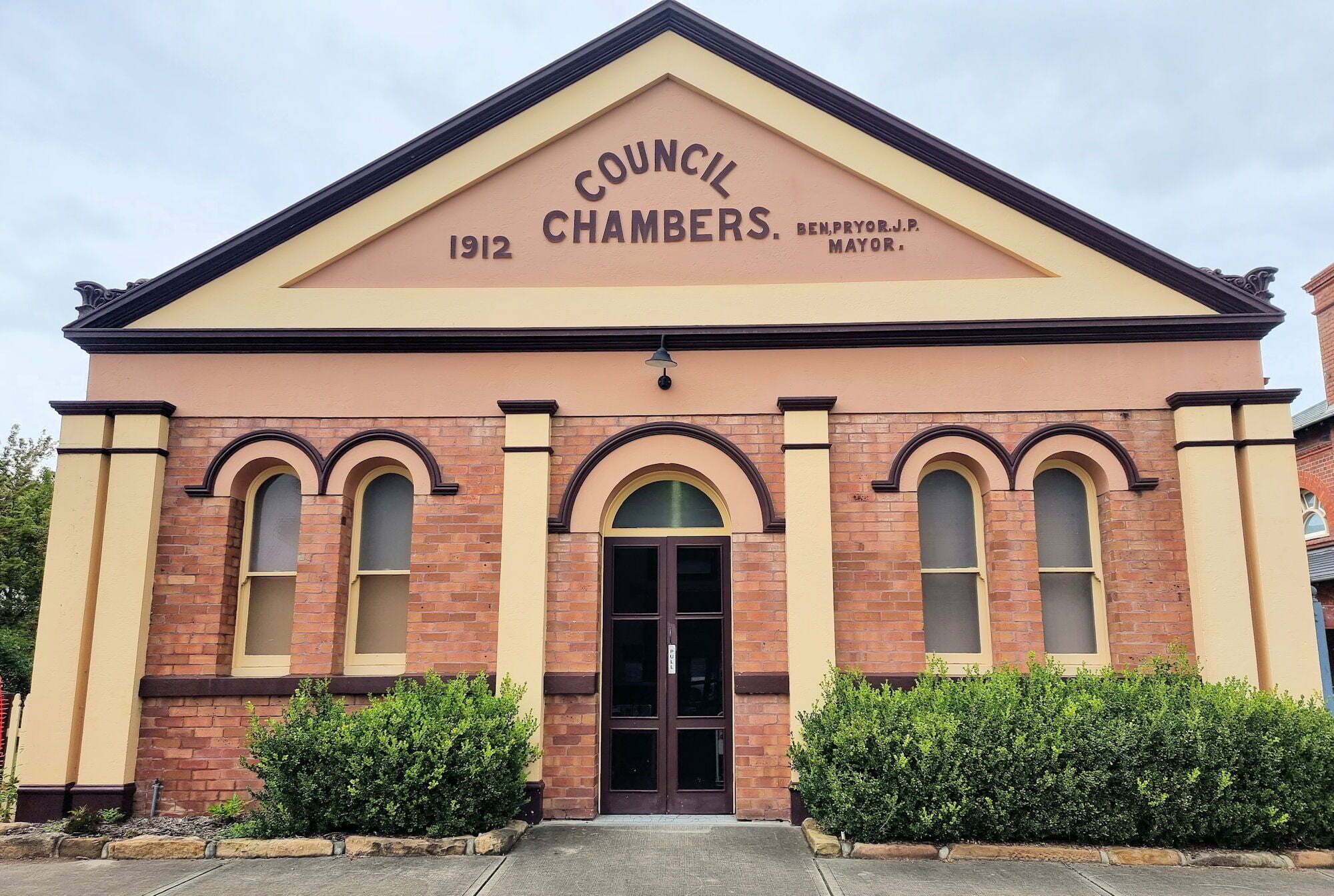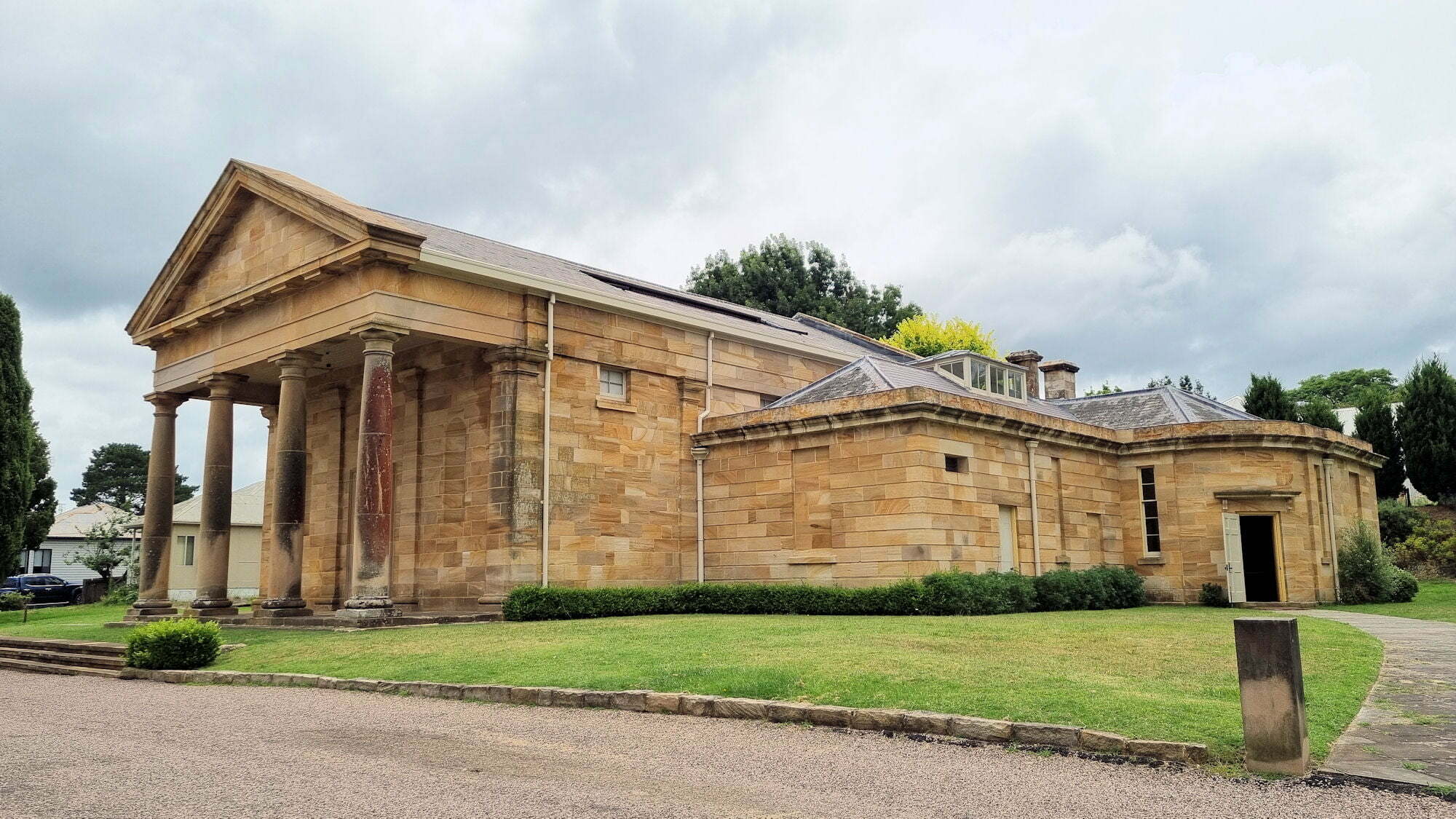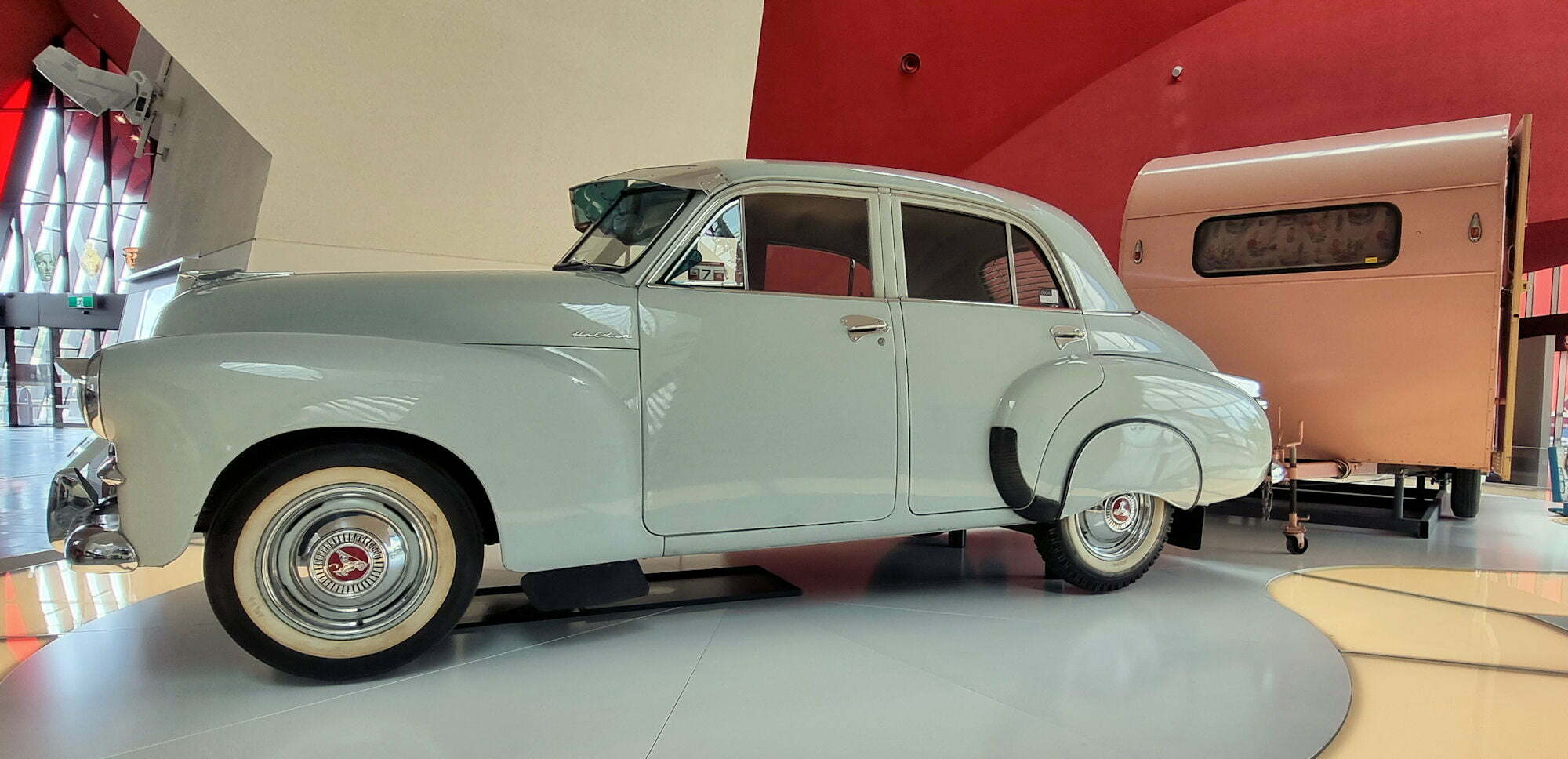Category: Historical Museum
-
Greta Museum and Migrant Camp

Greta Museum and Migrant Camp Located in the New South Wales Hunter Valley, Greta once housed a large Australian Army camp, which later became a post-war migrant camp. Little remains of the camp apart from foundations and scattered stones. If the local museum did not keep the memory alive, it might have been forgotten completely.… Read more
-
Berrima Courthouse

Berrima Courthouse Designed by Colonial Architect, Mortimer Lewis in the Greek Revival style, Berrima Courthouse is one of the must see buildings in Berrima New South Wales. Completed in 1839, it only operated for seven years. Subsequently the courthouse operated only occasionally as a courthouse. However, as the centre of public administration it was from… Read more
-
National Museum of Australia

National Museum of Australia Dedicated to preserving Australia’s social history, the National Museum of Australia contains many unique and significant artefacts. Located in Canberra on the shore of Lake Burley Griffin, its distinctive because of its architecture. Getting There We drove and used the large carpark on site, although as with most Canberra parking, there… Read more